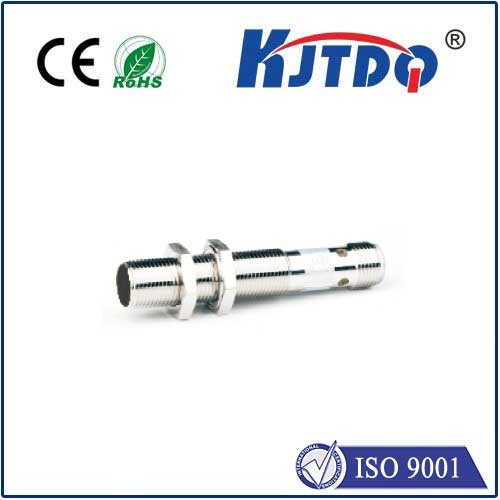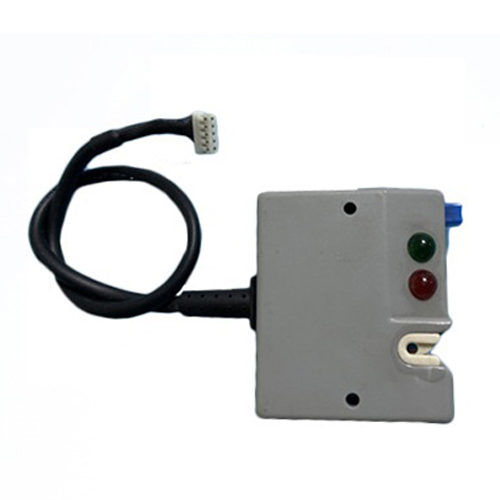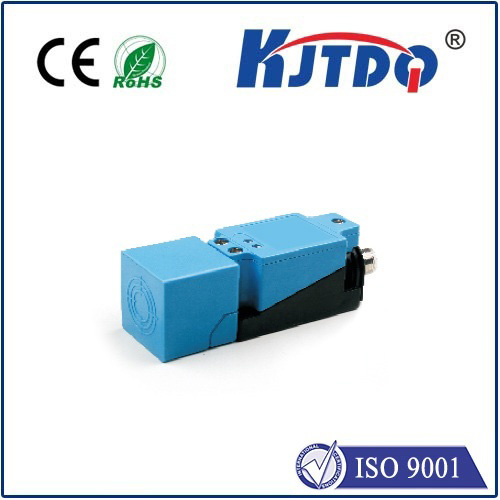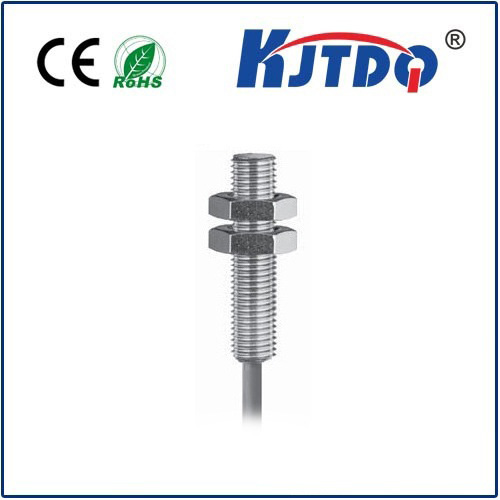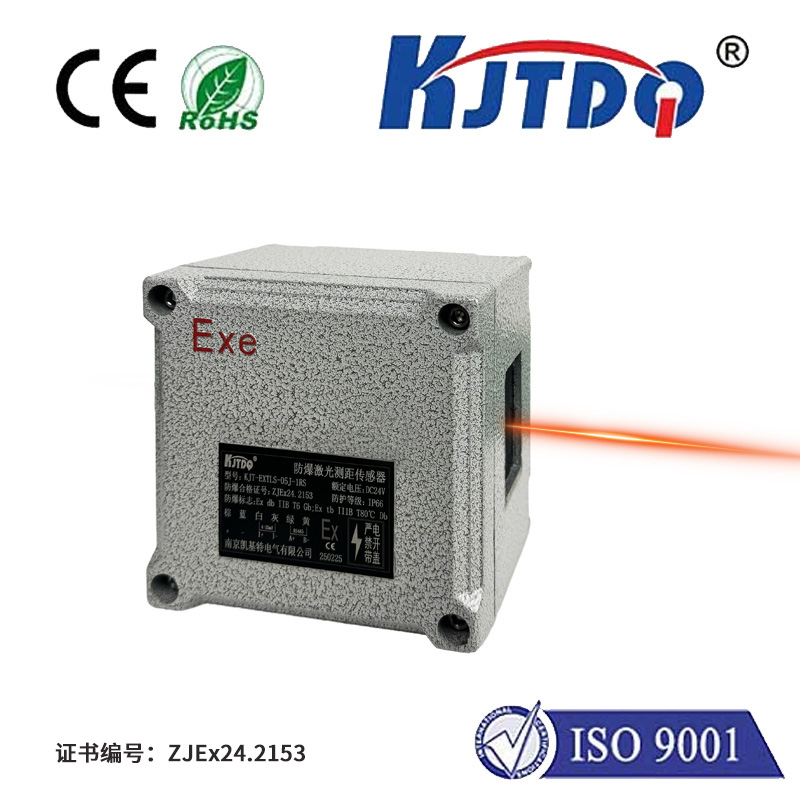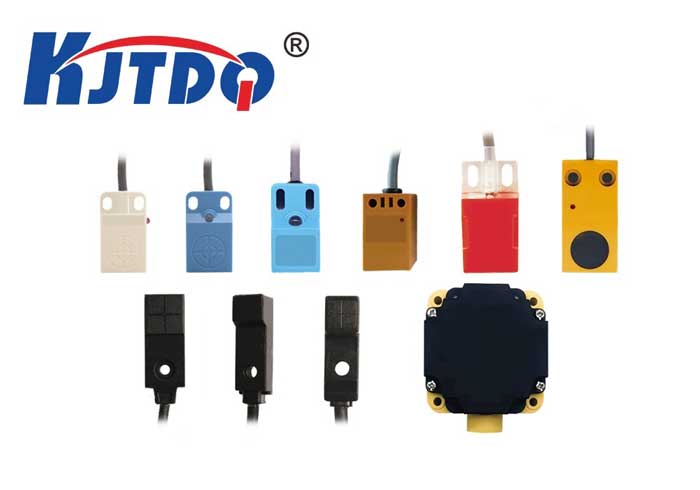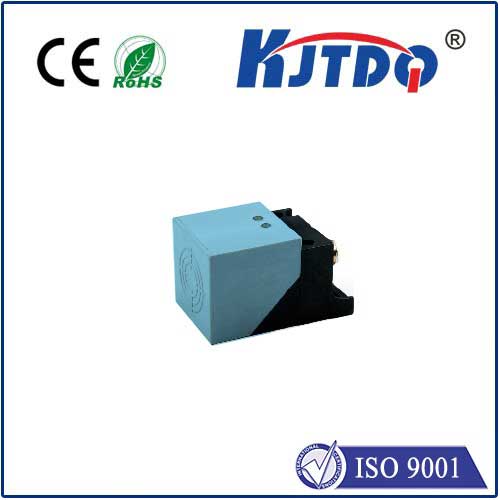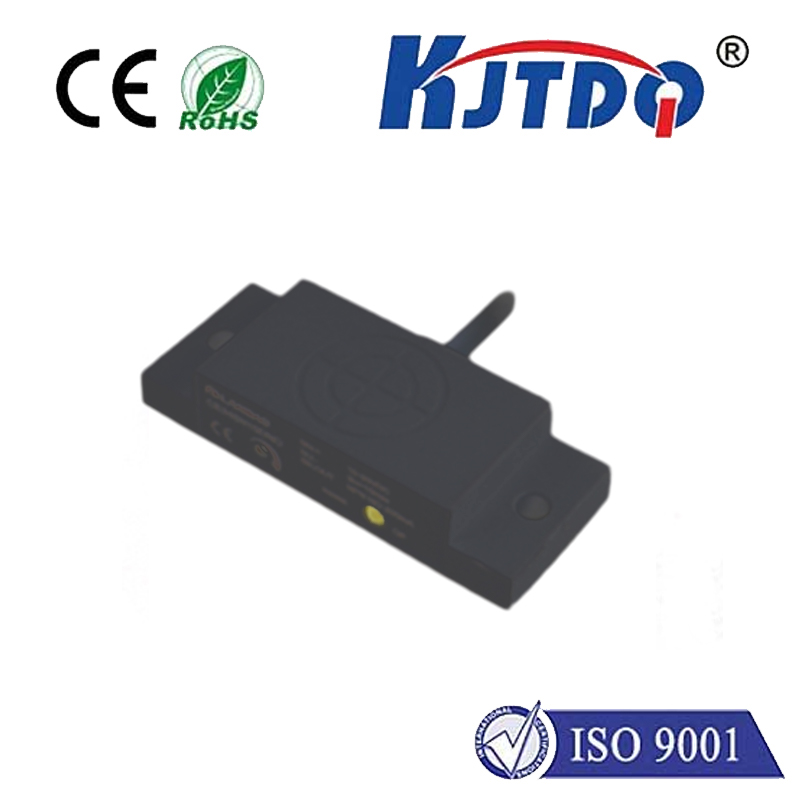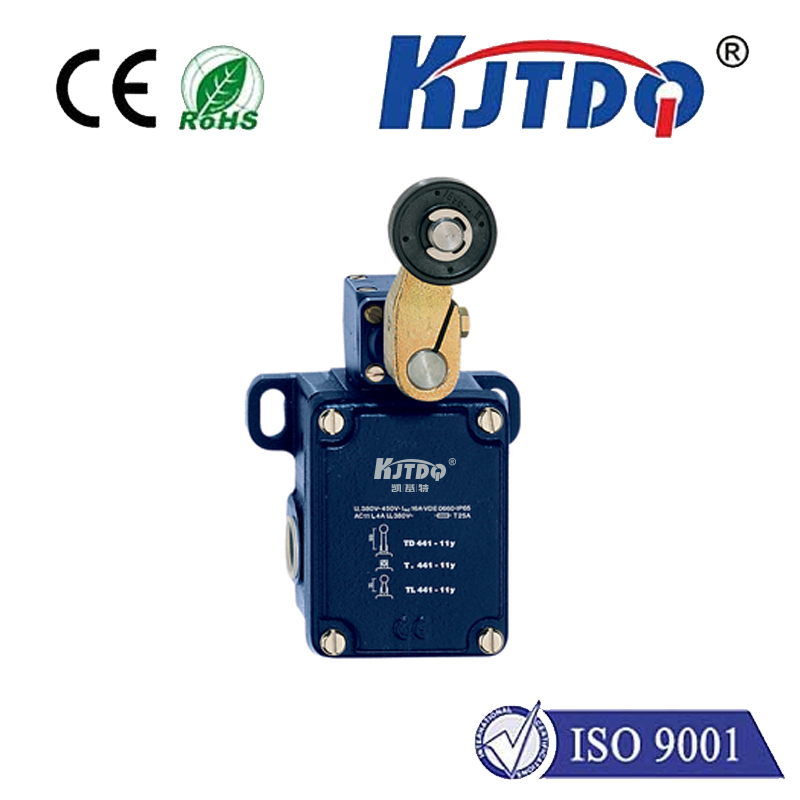capacitive proximity sensor for plastic detection
- time:2025-06-15 01:36:25
- Click:0
Detecting Plastics with Precision: The Versatility of Capacitive Proximity Sensors
Plastic. It’s ubiquitous in modern manufacturing and packaging – bottles, containers, films, components, and countless more. Yet, its non-metallic nature poses a significant challenge for traditional sensing methods reliant on conductivity or specific optical properties. How do you reliably, consistently, and non-contactly detect these essential materials on fast-moving production lines? The answer often lies in the subtle electrical properties harnessed by capacitive proximity sensors.
Unlike their inductive counterparts that excel at detecting metals, capacitive proximity sensors operate on a fundamentally different principle. They generate an electrostatic field and react to changes in this field caused by the presence of any material that alters the capacitance within the sensing zone. This includes not just metals, but also liquids, powders, granules, and critically – plastics.
The Science Behind the Sensitivity: Dielectric Constants
The key to a capacitive sensor’s ability to detect plastic lies in the material’s dielectric constant (also known as relative permittivity, εr). Every material has this property, representing its ability to store electrical energy relative to a vacuum (which has εr = 1).

- Air: εr ≈ 1
- Plastics: Range from ~2 (e.g., PTFE) to ~10+ (e.g., PVC). Common examples:
- Polyethylene (PE): ~2.2-2.4
- Polypropylene (PP): ~2.2-2.6
- Polyethylene Terephthalate (PET/PETE): ~3.0-3.3
- Polyvinyl Chloride (PVC): ~3.0-4.5
- Water: εr ≈ 80
When a plastic object enters the sensing field of the capacitive sensor, its higher dielectric constant (compared to air) increases the capacitance between the sensor’s active electrode and ground. This measurable shift in capacitance triggers the sensor’s output signal, indicating the presence of the plastic target.
Why Choose Capacitive Sensors for Plastic Detection?
- Non-Contact Operation: Eliminates wear and tear on both the sensor and the plastic product, ensuring longevity and reliability in high-speed applications like bottling lines or conveyor belts.
- Material Versatility: Capable of detecting virtually any plastic type, regardless of color, transparency, or surface finish. This solves significant challenges faced by optical sensors, which may struggle with clear plastics or be confused by color variations.
- Robustness: Typically housed in rugged materials (stainless steel, PBT plastics), capacitive sensors resist dust, moisture (many have high IP ratings), and common industrial chemicals, making them suitable for harsh environments common in plastic processing and packaging.
- Penetration Capability: The electrostatic field can penetrate non-metallic barriers like thin plastic walls or foils. This enables unique applications, such as detecting the fill level of plastic bottles through the container wall or verifying the presence of a product inside a sealed plastic bag without direct contact.
- Cost-Effectiveness (Often): Compared to complex vision systems or specialized optical sensors, capacitive proximity switches generally offer a simpler, more economical solution for basic presence/absence detection of plastic objects.
Key Applications in Plastic Handling
Capacitive sensors find numerous vital roles in industries working with plastic:
- Bottle/Container Presence on Conveyors: Detecting empty PET bottles, HDPE containers, or cosmetic jars reliably before filling, capping, or labeling stations. Crucial for preventing jams and ensuring smooth operation.
- Fill Level Control: Monitoring the level of liquids, powders, or granules inside plastic bottles, tubes, or tanks through the container wall. Ensuring consistent fill levels and preventing overfills or underfills.
- Film/Presence Detection: Verifying the presence of plastic lids, caps, seals, or protective films on products or packaging. Confirming tamper-evident seals.
- Stack Height Monitoring: Counting layers of plastic sheets, trays, or containers in stacks or magazines.
- Granule/Powder Flow Monitoring: Detecting the presence or absence of plastic pellets in hoppers, chutes, or silos to prevent blockages or run-dry conditions.
- Part Positioning: Ensuring plastic components (gears, housings, clips) are correctly oriented or present in assembly jigs before robotic pick-and-place or joining operations.
Optimizing Capacitive Sensors for Plastic Detection: Critical Factors
While powerful, achieving reliable plastic detection requires careful consideration:
- Dielectric Constant of Target Plastic: As discussed, different plastics have varying εr values. Lower εr plastics (like PE, PP) are inherently harder to detect than higher εr plastics (like PVC). Knowing your specific plastic’s properties is essential.
- Sensor Sensitivity Adjustment: Most capacitive proximity sensors feature a sensitivity potentiometer (or teach button). This is crucial for tuning. For plastics with a low dielectric constant, the sensitivity will need to be increased significantly compared to detecting liquids or metals. Fine-tuning prevents false triggers from background objects.
- Sensing Distance: The rated sensing distance (Sn) specified by manufacturers is usually for mild steel. The effective sensing distance for plastic is significantly reduced, often to just 20-50% of Sn, depending on the plastic’s εr and the sensor’s tuning capability. Always consult sensor data sheets for derating factors.
- Mounting and Shielding: Capacitive sensors come in shielded and unshielded variants:
- Shielded Sensors: Focus their field predominantly forward. Ideal for flush mounting in metal and minimizing influence from surrounding material. Best when plastic must be detected close to a metal surface or in tight spaces.
- Unshielded Sensors: Have a larger, more spherical sensing field. Offer longer sensing ranges for plastic but are susceptible to detection through the sides. Require more careful mounting to avoid accidental triggering.
- Environmental Influences: Humidity, condensation, dust buildup, or contamination on the sensor face can alter capacitance and cause drift or false signals. Choosing sensors with appropriate IP ratings and implementing regular maintenance is key. Proximity to large metal structures can also sometimes influence unshielded sensors.
Troubleshooting Tips for Reliable Plastic Detection
- “Sensor Doesn’t Detect”: Check sensitivity setting (increase it significantly). Verify distance to target (move sensor closer). Ensure correct sensor type (capacitive, not inductive). Confirm target plastic type and its low εr.
- “False Triggers”: Decrease sensitivity setting. Check for buildup on sensor face (clean regularly). Ensure no moving metal parts or high humidity near the sensing field. Verify mounting – use shielded sensors if installed near metal. Increase the standoff distance (distance between sensor face and background).
- “Inconsistent Detection”: Ensure target is consistently positioned within the reduced plastic sensing range. Check for variations in humidity or temperature affecting the dielectric constant. Look for intermittent buildup on sensor or target.
Conclusion
The ability to reliably detect plastic objects non-invasively is fundamental across countless manufacturing and packaging processes. Capacitive proximity sensors, harnessing the unique dielectric properties of non-metallic materials, provide a robust, versatile, and cost-effective solution. By understanding the principles of capacitance, the role of dielectric constants, and carefully selecting and configuring the right sensor, engineers can achieve precise and dependable plastic detection, driving












